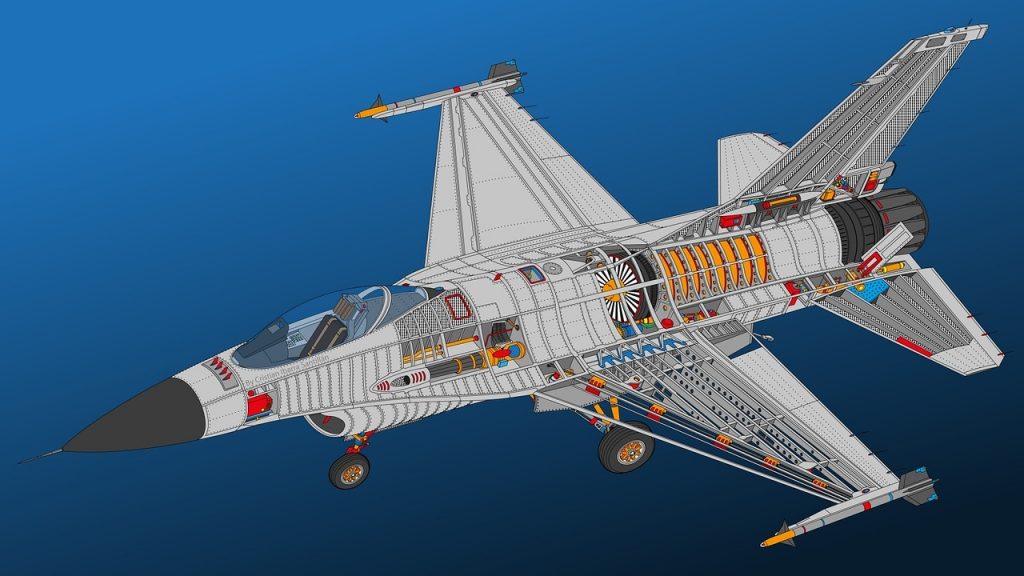Finding The Ethics In This Generation’s Advancements In Technology
There is nothing to stop the innovation in technology as we continue to find ways to improve our way of living. We have been enjoying these technological advancements since time immemorial, and we could only just imagine how things could still improve from here on: from our use of smartphones and portable computers, to high-end automobiles and transporation features, technology as we know it can be a lot different a decade from now.
With every change that humanity witnesses in a lifetime, there are always questions being posed about the ethics behind these changes. As with technology, there are issues on keeping our technological advancements in check, because there could be a chance that we are already going too far. Yes, innovations give us benefits in our daily lives, like who does not want to get your important tasks done for you by your device in just one click?
However, we should be mindful if our technology is already posing a threat to our own safety, or worse, morality.

Allowing Technology To Know Too Much About Our Personal Info, And Giving It Permission To Use Them For Whatever Reason
Thanks to social media, we can connect with our family and friends no matter where you are, in any convenient time of the day. It also gives us opportunity to widen our connections and meet new people. The world is big indeed, but technology has made each and every person closer with the birth of the Internet. From improving the country’s national defense, people has found many uses for the Internet, and now the social media is the Internet’s biggest gift to us.
At this point, what more can the social media do for us? We can even complete transcations without having to appear personally to our clients or business partners. This is why small business owners rely very much on technology. However, if there is one thing that we should be really careful about, it is the way we input our personal information online without actually knowing who can see them. The bigger concern is we have actually no idea how our personal info can be used by those who can access them.
Playing Our Own ‘God’ With Cloning And DNA Reconfiguration
Experts have already found a way to successfully clone a living individual without requiring the natural means for reproduction, and this is where many people are getting anxious about. With technology in our hands, we can easily assume the role of being “god” without actually knowing the repercussions of our own deeds. For example, when we attempt to clone a dog in hopes to create the perfect breed of a domesticated canine, we have little insight on what the product of this cloning would be. In the end, there would be a living creature, with feelings and emotions, to be born in a laboratory, and it is our responsibility to ensure that the creature’s quality of life is okay. If only you get your new cute puppers from then you are sure that these lovely animals are healthy, unlike the cloned ones which are more likely to have diseases due to the cloning process.




